Search This Blog
A collection of mind softening personal musings from a cynical fool who draws silly cartoon characters.
Featured
- Get link
- X
- Other Apps
What Are Cartoon Archetypes?
Do Cartoons Use Archetypes to Reflect Society?
Do Stereotypes Enhance or Diminish Cartoon Quality?
4 to 6 min read
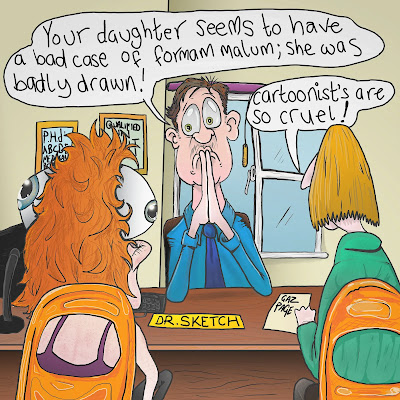
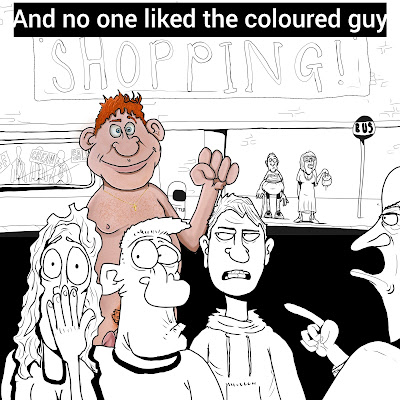
Why Are Archetypes Important in Cartoons?
Before a psychiatrist brands a patient with a mental condition, many of the DSM-V boxes will need ticking first. Cartoonist's draw up illustrations based on archetypes, and stereotypes. New archetypes have to be recognised, and then tokened as a 'human thing' before it goes viral, like with the modern 'Karen,' or those overly 'analytical atheist' types, for example. It's swings and roundabouts. Capturing the essence of people's behaviour.

What Makes a Compelling Character Relatable Beyond Their Archetype?

Understanding the Collective Unconscious in Art
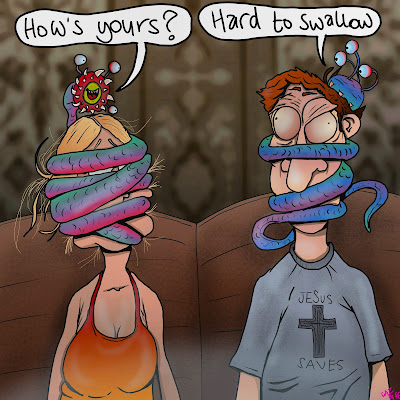
When I create a cartoon, I find amusement in emphasising societies common forms of ugliness, our dibshittery. I try to promote our lack of grace, the human screwball scramble. It can be a challenge to accurately turn my stupid mental imagery into an picture.

What Happens When You Create Art Without Archetypes?
My previous blog about archetypes agrees that they are exaggerated, but compelling characters that re-incarnate that punch of character inspiration. I posited the idea that we, as people, do the same. Almost every boy, years ago, wanted to be Han Solo. I saw many of them modify their behaviour to mirror that lovable rogue. Well, before Star Wars, those qualities were recognised by George Lucas in Errol Flynn, James Dean and Humphrey Bogart. They shaped Han Solo. My friends who practiced the Han Solo swagger, were unknowingly strutting like James Dean. Okay, so did I!

All that caricaturing; mannerisms, villainous squints, the intense stare, tough guy side glances, the put-on manly voice, all these idiosyncrasies that personify our character development aren't archetypes themselves. Wallace and Gromit wordlessly purvey inner thought very well. Wallace has many archetypes but his soul comes from how he carries them.
We enjoy artistic content when there is something that resonates with us, it's immersive. I believe artistry is not simply relatability alone or indeed, solely archetypes, but rather how they are brought to life. We gauge our environment going on how relatable things are for us. Wallace is a loveable waffling character: a genius inventor, typical English man, but only because it's how he is animated, designed, postured, voiced and facially expressed. This artistry is key above all else, but that's only my opinion.

For The Sake of Your Sanity I'll Stop!
.jpg)
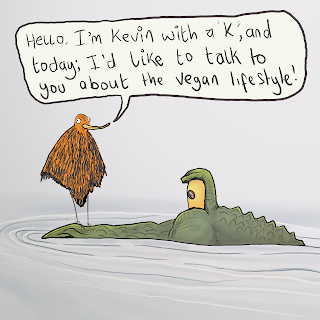
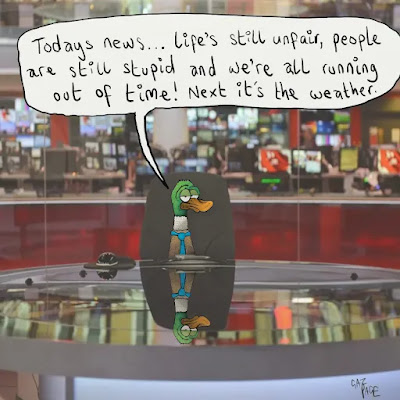

.jpg)
Comments